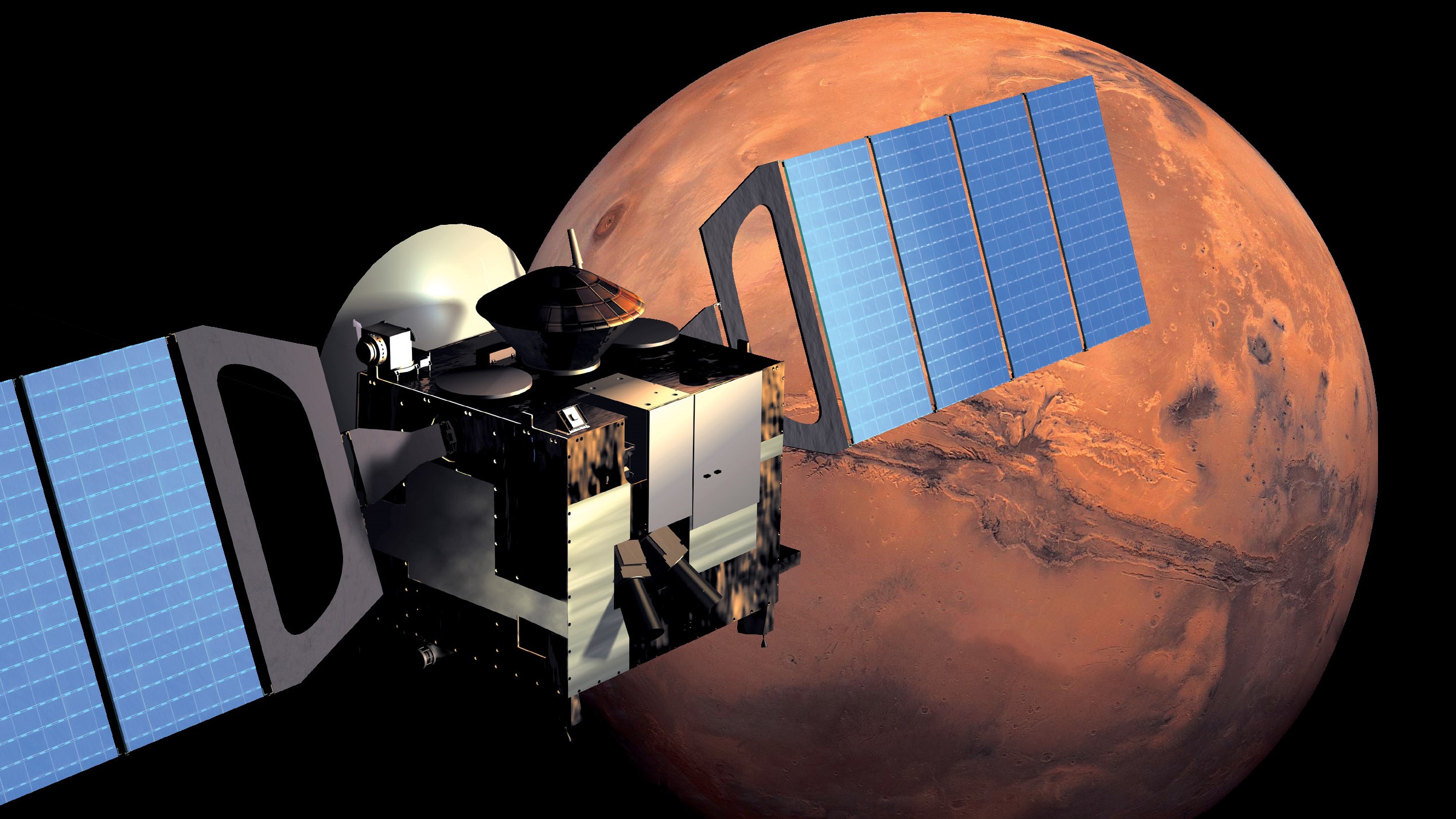European Space Agency to upgrade Mars Express spacecraft from software made with Windows 98
The Mars Express spacecraft has run on an OS built with development tools based on Windows 98 for 19 years.

Update (12:22 PM, June 27, 2022): This post has been updated to reflect that the MARSIS instrument was designed with a development environment that was based on Windows 98.
What you need to know:
- The Mars Express spacecraft, which launched in 2003, will receive a software update to improve the data it sends back to Earth.
- Currently, the craft runs on an operating system built with Windows 98.
- The Mars Express houses the MARSIS instrument, which helped discover signs of liquid water on Mars.
Windows 8.1 may be on its way out the door, but the European Space Agency (ESA) has an older operating system to deal with. The Mars Express spacecraft needs to be updated from its OS that was built with tools based on Windows 98. The MARSIS instrument, which was used to discover signs of liquid water on Mars, is housed on the spacecraft. A software update will allow the device to see what's below the surface of the red planet in more detail, according to the ESA.
“After decades of fruitful science and having gained a good understanding of Mars, we wanted to push the instrument’s performance beyond some of the limitations required back when the mission began,” said MARSIS Deputy PI and Operation Manager at INAF Andrea Cicchetti.
“We faced a number of challenges to improve the performance of MARSIS,” said Carlo Nenna. “Not least because the MARSIS software was originally designed over 20 years ago, using a development environment based on Microsoft Windows 98!”
The software update for the Mars Express will improve signal reception and on-board data processing. This will increase how much data can be sent back to Earth and improve the quality of that data.
Previously received signals indicated that liquid water may be present in several regions near the south pole of Mars. The software update should provide more in-depth information for these areas.
"The new software will help us more quickly and extensively study these regions in high resolution and confirm whether they are home to new sources of water on Mars. It really is like having a brand new instrument on board Mars Express almost 20 years after launch," said ESA Mars Express scientist Colin Wilson.
Get the Windows Central Newsletter
All the latest news, reviews, and guides for Windows and Xbox diehards.

Sean Endicott is a tech journalist at Windows Central, specializing in Windows, Microsoft software, AI, and PCs. He's covered major launches, from Windows 10 and 11 to the rise of AI tools like ChatGPT. Sean's journey began with the Lumia 740, leading to strong ties with app developers. Outside writing, he coaches American football, utilizing Microsoft services to manage his team. He studied broadcast journalism at Nottingham Trent University and is active on X @SeanEndicott_ and Threads @sean_endicott_.
